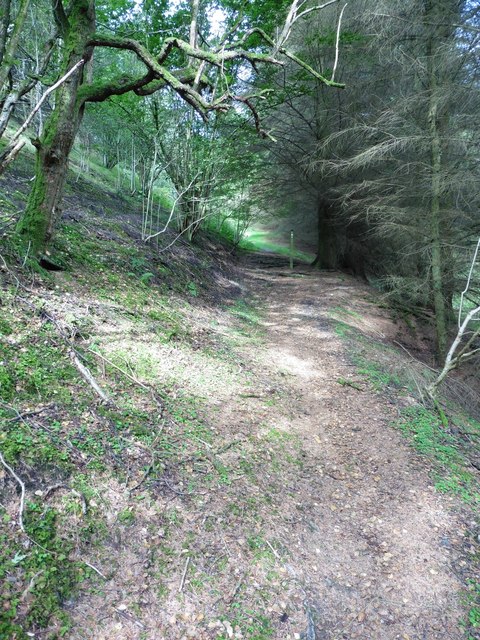Tyfaenor Park
Wood, Forest in Radnorshire
Wales
Tyfaenor Park

Tyfaenor Park, located in Radnorshire, is a picturesque woodland area renowned for its natural beauty and dense forests. Spread across a sprawling landscape, it covers an approximate area of several hundred hectares. The park is a popular destination for nature enthusiasts, hikers, and those seeking tranquility amidst the serene surroundings.
One of the defining features of Tyfaenor Park is its thriving woodlands, which are home to a wide variety of tree species. The dense foliage creates a lush and green canopy, providing a haven for numerous animal and bird species. Visitors can expect to encounter native wildlife such as deer, foxes, squirrels, and a myriad of bird species during their explorations.
A network of well-maintained trails winds through the park, offering visitors the opportunity to immerse themselves in the natural splendor. These paths cater to both casual walkers and more experienced hikers, with varying levels of difficulty available. Along the way, visitors may stumble upon hidden waterfalls, babbling brooks, and enchanting ponds, adding to the park's charm.
Tyfaenor Park also offers recreational activities such as picnicking, camping, and wildlife spotting. The park authorities have set up designated areas for these activities to ensure the preservation of the natural environment. Additionally, there are informative signposts scattered throughout the park, providing educational insights into the local flora and fauna.
Overall, Tyfaenor Park serves as a serene and idyllic retreat for nature enthusiasts, providing an opportunity to reconnect with the natural world and experience the tranquility of Radnorshire's woodlands.
If you have any feedback on the listing, please let us know in the comments section below.
Tyfaenor Park Images
Images are sourced within 2km of 52.334191/-3.3636917 or Grid Reference SO0771. Thanks to Geograph Open Source API. All images are credited.







Tyfaenor Park is located at Grid Ref: SO0771 (Lat: 52.334191, Lng: -3.3636917)
Unitary Authority: Powys
Police Authority: Dyfed Powys
What 3 Words
///flatten.mammal.measuring. Near Penybont, Powys
Nearby Locations
Related Wikis
Abbeycwmhir
Abbeycwmhir or Abbey Cwmhir (Welsh: Abaty Cwm Hir, "Abbey in the Long Valley") is a village and community in the valley of the Nant Clywedog in Radnorshire...
Cwmhir Abbey
Cwmhir Abbey (Welsh: Abaty Cwm Hir), near Llandrindod Wells in Powys, is a Welsh Cistercian monastery founded in 1176 by Cadwallon ap Madog. A spurious...
Abbey Cwmhir Hall
Abbey-Cwm-Hir Hall is a neo-Elizabethan country house in the Welsh county of Powys. == History == The hall was built in 1833 for Thomas Wilson, a London...
Rhwng Gwy a Hafren
Rhwng Gwy a Hafren (English: Between Wye and Severn) was a region of medieval Wales, located in the Welsh Marches between Powys to the north and Brycheiniog...
Nearby Amenities
Located within 500m of 52.334191,-3.3636917Have you been to Tyfaenor Park?
Leave your review of Tyfaenor Park below (or comments, questions and feedback).













